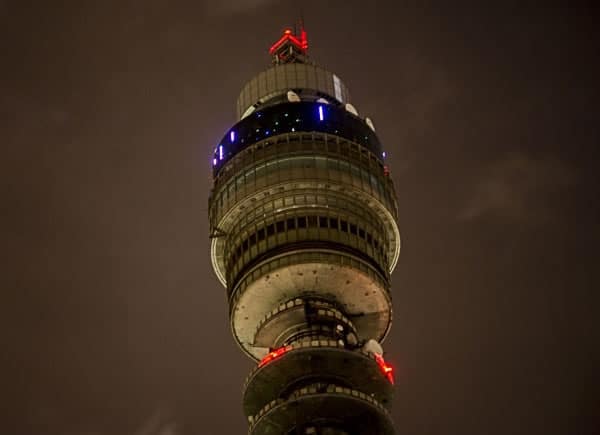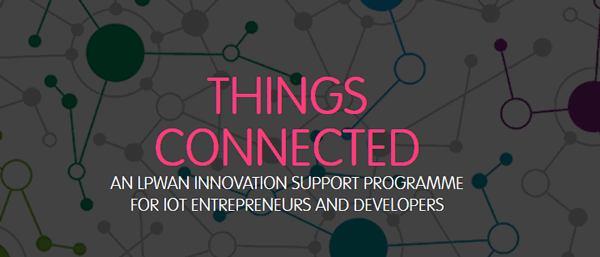It takes a lot to really deserve the name smart city. In fact, there aren’t any true smart cities yet. What we do have is several smart city applications across the globe.
One of the key elements to build Internet of Things solutions is connectivity. As it happens for most smart city projects, LPWAN technology suffices (low power wide area networks). It’s one of the reasons why in many smart city products and solutions you’ll see the name of one of the several contenders in this IoT connectivity space pop up.
The same is the case for London where a program, called ‘Things Connected’ was launched in September 2016. ‘Things Connected’ will provide IoT coverage, using LoRaWAN (the LoRa Alliance is one of the key players in LPWAN), to developers and other registered users across London. We don’t know how many initiatives will concern smart city deployments. One project, for instance aims to lessen the risk for vulnerable road-users. Nevertheless, in a way enabling an IoT testbed is already a smart initiative as such.
The highest LPWAN base station in the world on BT Tower
Things Connected is an initiative by Digital Catapult with a range of partners such as Beecham Research, several universities and BT. The network should be ready early 2017.
To build the ‘Things Connected’ LoRaWAN network, which will be free for those registered users, BT partnered with Digital Catapult and Everynet. The company supplies 25 of the 50 low power radio access base stations which are needed.
One of them is located in the BT Tower, a building that many who visited London will have seen. It makes the BT Tower – for now, Dubai won’t wait we guess – the highest building across the globe to host an IoT base station as BT proudly announced on December 16, 2016 (the base station is at a height of 180 metres).

In the press release BT says that the network will be switched on in early 2017 and ‘Things Connected’ can be launched.
The CEO of Digital Catapult, Dr. Jeremy Silver, adds that ‘Things Connected‘ will enable IoT experimentation in areas such as traffic and transport services, energy management and environmental sensing.
After London, several other cities in the UK will follow so more IoT testbeds and innovation hubs can be built, based on ‘Things Connected’ and the LoRaWAN network that powers it.
According to data from Machina Research, released in 2015 (Machina Research is acquired by Gartner since then), the UK IoT marketplace is worth £13.3bn and is expected to grow to £20bn by 2018. More info here.


